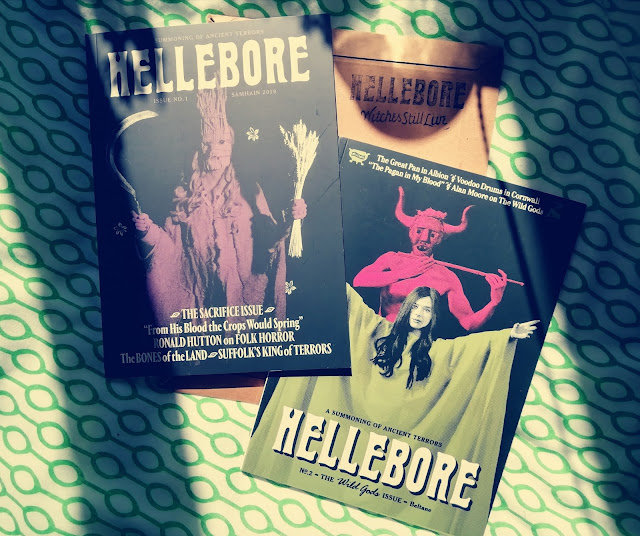Black Christmas (2019)

Many horror films have acted as a lens examining the societal issues, fears and anxieties of the times in which they were produced. As Jon Towlson notes in his book, Subversive Horror Cinema (2014), “Horror cinema flourishes in times of ideological crisis and national trauma - filmmakers working in horror - have used the genre, and the shock value it affords, to challenge the status quo during these times.” Written and directed by Sophia Takal, and co-written by April Wolfe, this loose remake of the classic 1974 slasher of the same name is a socially conscious horror which uses the American college sorority and fraternity systems as a microcosm to examine wider society’s current and historical misogyny. While the basic plot deviates considerably from the original, the tackling of the social issues which form the heart of the story does actually hark back to the original. While Black Christmas (1974) is credited with helping to establish pre- Halloween slasher movie conventions, it a
















